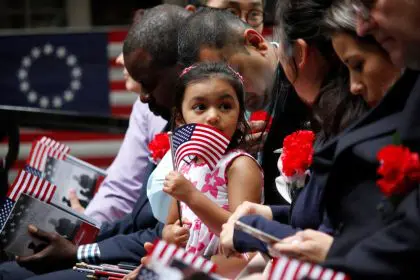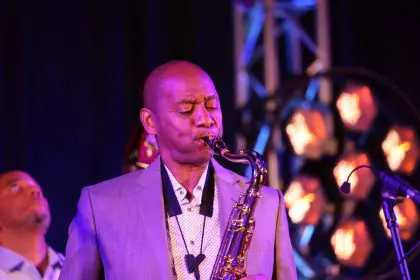In an era where music genres continuously blend and artistic boundaries blur, established musicians face unique challenges when considering creative expansion. The recent trend of genre-crossing has seen numerous artists stepping outside their traditional lanes, but few have approached such transitions with the deliberate intentionality of those with deep roots in spiritual music.
The delicate dance of artistic evolution
For artists who have built their careers within gospel and spiritual music, the decision to explore secular genres carries particular weight. Unlike pop artists who might casually experiment with country or electronic influences, those with religious foundations must carefully consider how new musical directions align with their established values and the expectations of their core audience.
This navigation becomes especially meaningful when an artist has spent decades building credibility within their primary genre. With substantial commercial success comes both the freedom to experiment and heightened scrutiny about motivations behind such exploration.
The most authentic transitions occur when artists approach genre-crossing not as commercial strategy but as genuine artistic curiosity. When the decision emerges from personal growth rather than market calculation, the resulting music typically reflects a thoughtful extension of the artist’s existing catalog rather than an abrupt departure.
Mentorship across generations
Perhaps one of the most valuable aspects of musical evolution is the opportunity it creates for intergenerational collaboration. When established artists partner with younger family members on new projects, these creative exchanges facilitate rich two-way learning experiences.
Industry veterans bring decades of performance expertise, business knowledge, and artistic discipline. Their younger collaborators contribute contemporary production sensibilities, fresh perspectives on songwriting, and insights into current audience preferences. This symbiosis creates music that can simultaneously honor tradition while embracing innovation.
Such partnerships carry particular significance in families with strong musical legacies. When parents involve children in their creative process, they transform private family traditions into public artistic statements. These collaborations become living documents of familial relationship, preserving both musical heritage and personal connection.
Redefining relationship songs
Love songs have dominated popular music across virtually all genres for decades, but their approach varies dramatically. Contemporary R&B often emphasizes physical attraction and romantic intensity, frequently using explicit imagery to convey passion. This creates a challenging terrain for artists committed to more reserved expressions of intimacy.
A thoughtful alternative approach focuses on emotional and spiritual dimensions of partnership. Songs that explore how relationships foster personal growth, mutual support, and character development offer a more nuanced perspective on love than those centered exclusively on physical attraction.
This mature view of romance resonates particularly with audiences who have experienced long-term relationships. By addressing the complexity of sustained partnership—including challenges, growth, and commitment through difficult seasons—these songs fill an important gap in contemporary music about relationships.
Financial legacy through creative collaboration
Beyond artistic considerations, music industry partnerships often involve significant financial implications. When established artists collaborate with emerging talents, they provide critical opportunities for younger creators to build sustainable careers. This dynamic takes on additional significance when these collaborations occur within families.
Music royalties represent one of the most powerful tools for building intergenerational wealth. Unlike one-time payments, properly structured publishing rights generate income for decades, potentially providing financial stability long after initial release. When seasoned artists share writing credits with family members, they create literal investments in the next generation’s financial future.
This approach transforms creative work into tangible legacy-building. Rather than viewing music solely as current income, forward-thinking artists recognize their intellectual property as valuable assets that can benefit children and grandchildren. Such planning demonstrates remarkable foresight in an industry notorious for short-term thinking.
Authenticity in artistic exploration
The most successful genre transitions maintain authenticity while respectfully entering new creative territory. Rather than mimicking current trends, thoughtful artists study the foundations and masters of their new genre, understanding its history and conventions before adding their unique perspective.
This educational approach demonstrates respect for traditions outside one’s primary expertise. By acknowledging the need to study new forms rather than assuming transferable mastery, artists honor the distinct qualities of different musical communities.
The result often becomes not merely an experiment but a genuine contribution to the secondary genre. When artists bring their established strengths to new contexts while adapting to different stylistic requirements, they create work that can authentically connect with multiple audiences simultaneously.
Conclusion
As the music industry continues evolving, the most meaningful artistic expansions will likely come from those who approach creativity with both conviction and curiosity. By balancing respect for their established identities with genuine interest in new expressions, artists create work that builds bridges rather than simply crossing boundaries.
When these creative journeys also strengthen family bonds and establish financial foundations for future generations, they transform from mere career developments into powerful statements of values and legacy. In these thoughtful transitions, we witness not just artistic evolution but the profound integration of creative expression with life’s most meaningful relationships.

















